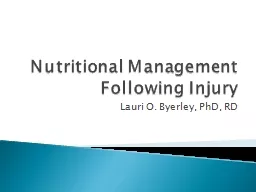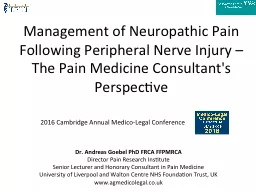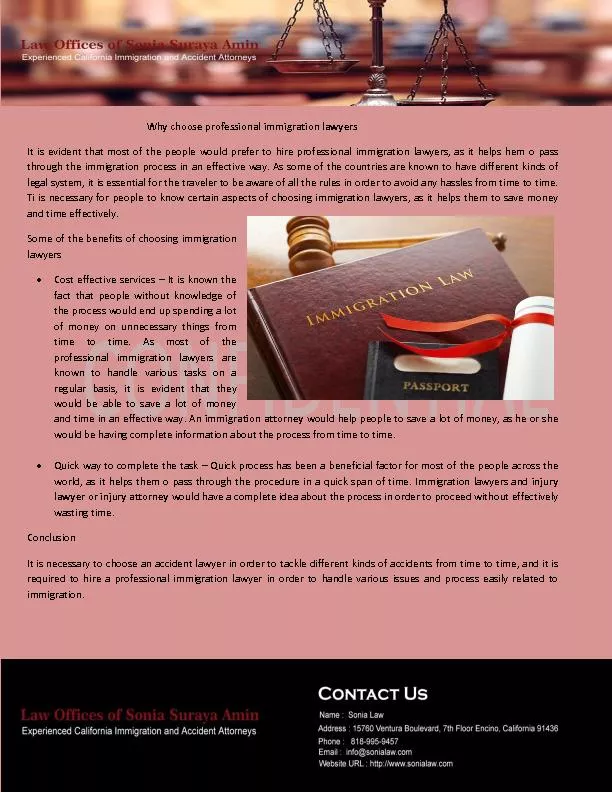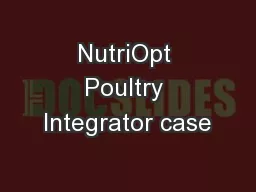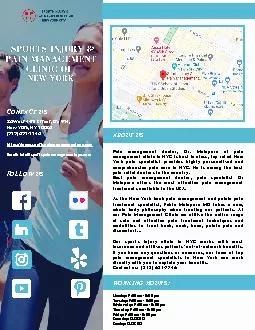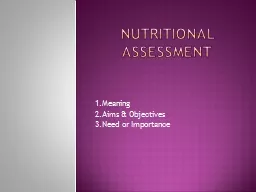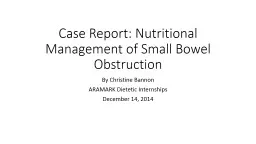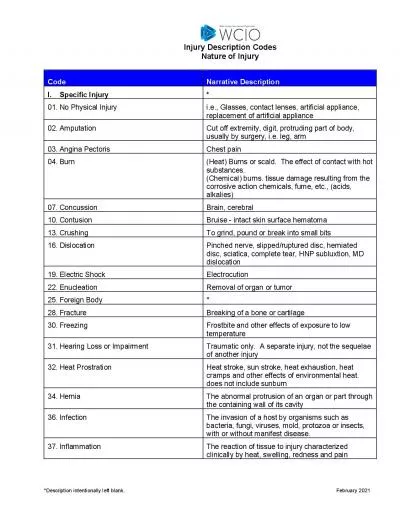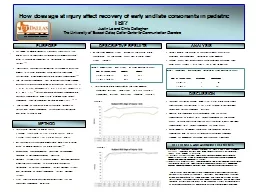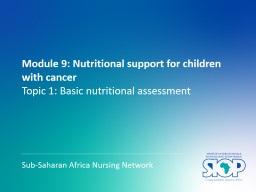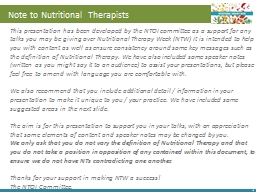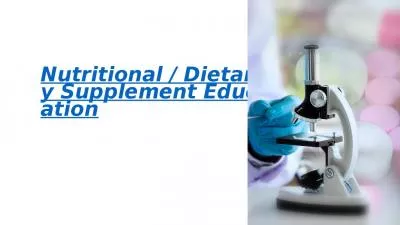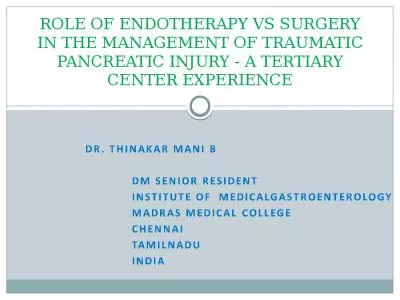PPT-Nutritional Management Following Injury
Author : marina-yarberry | Published Date : 2019-06-29
Lauri O Byerley PhD RD Gain appreciation for the importance of nutrition in helping your patients heal and physically improve Goal Case Study Phases of Injury Physiological
Presentation Embed Code
Download Presentation
Download Presentation The PPT/PDF document "Nutritional Management Following Injury" is the property of its rightful owner. Permission is granted to download and print the materials on this website for personal, non-commercial use only, and to display it on your personal computer provided you do not modify the materials and that you retain all copyright notices contained in the materials. By downloading content from our website, you accept the terms of this agreement.
Nutritional Management Following Injury: Transcript
Download Rules Of Document
"Nutritional Management Following Injury"The content belongs to its owner. You may download and print it for personal use, without modification, and keep all copyright notices. By downloading, you agree to these terms.
Related Documents

